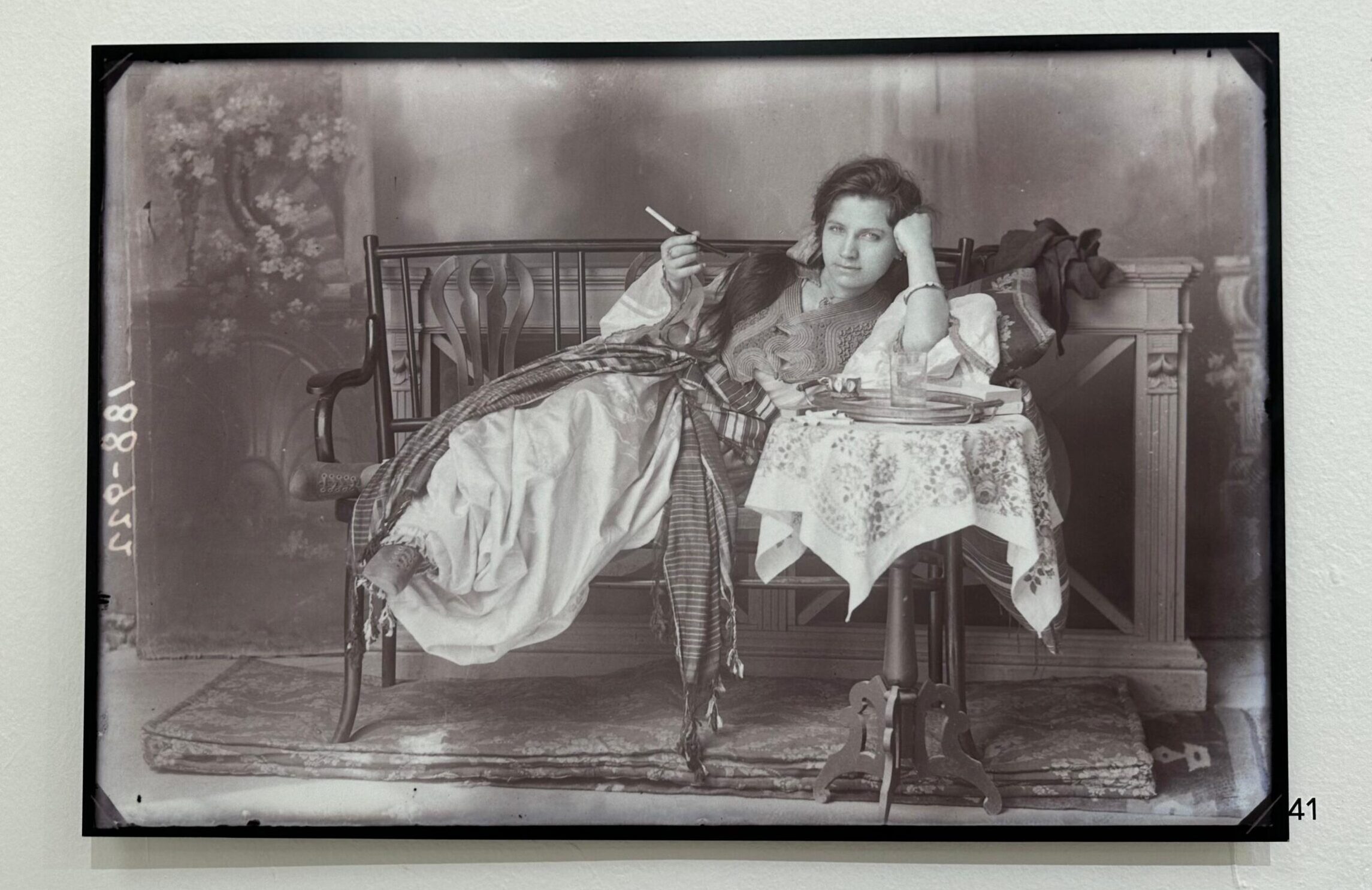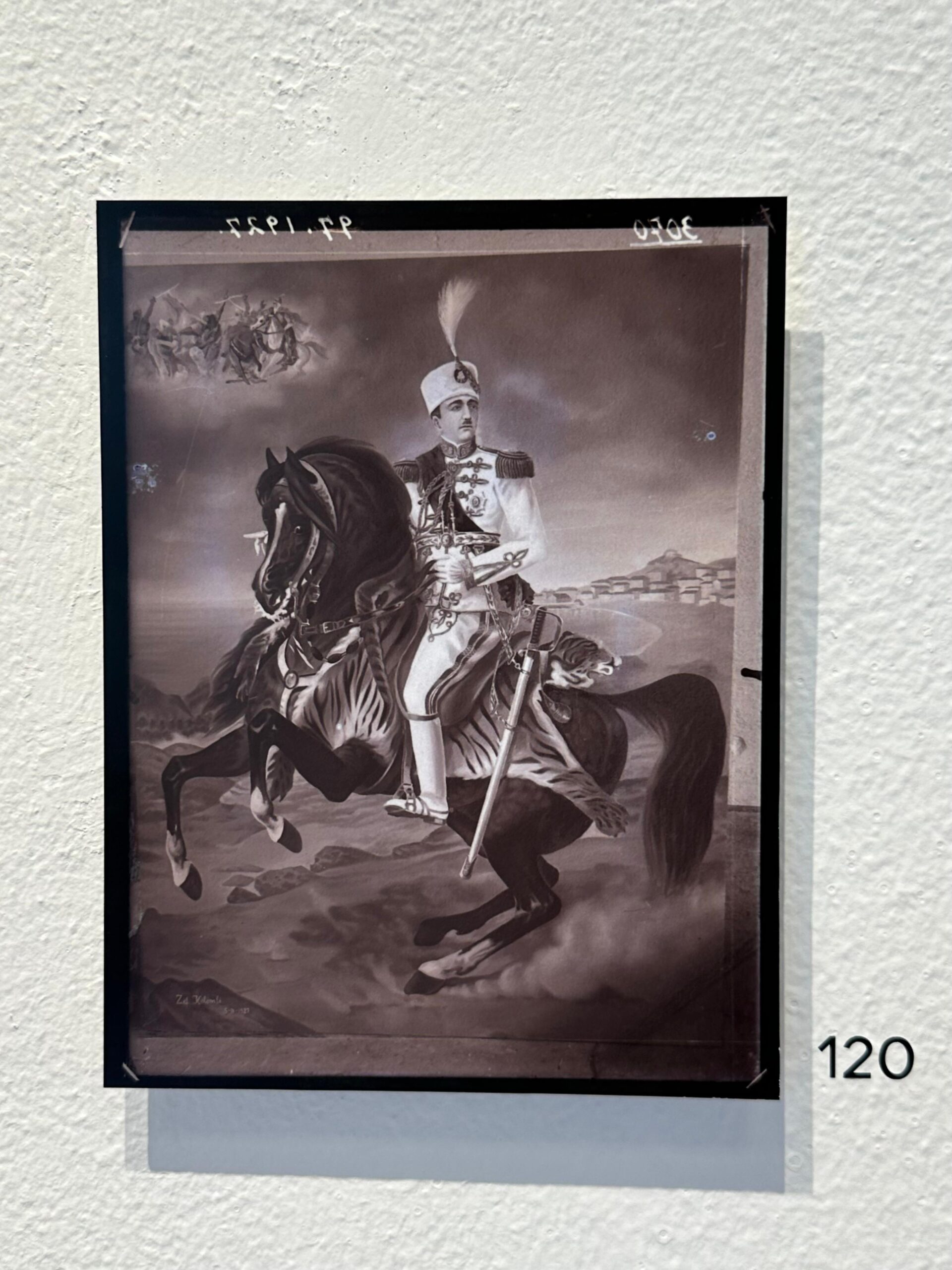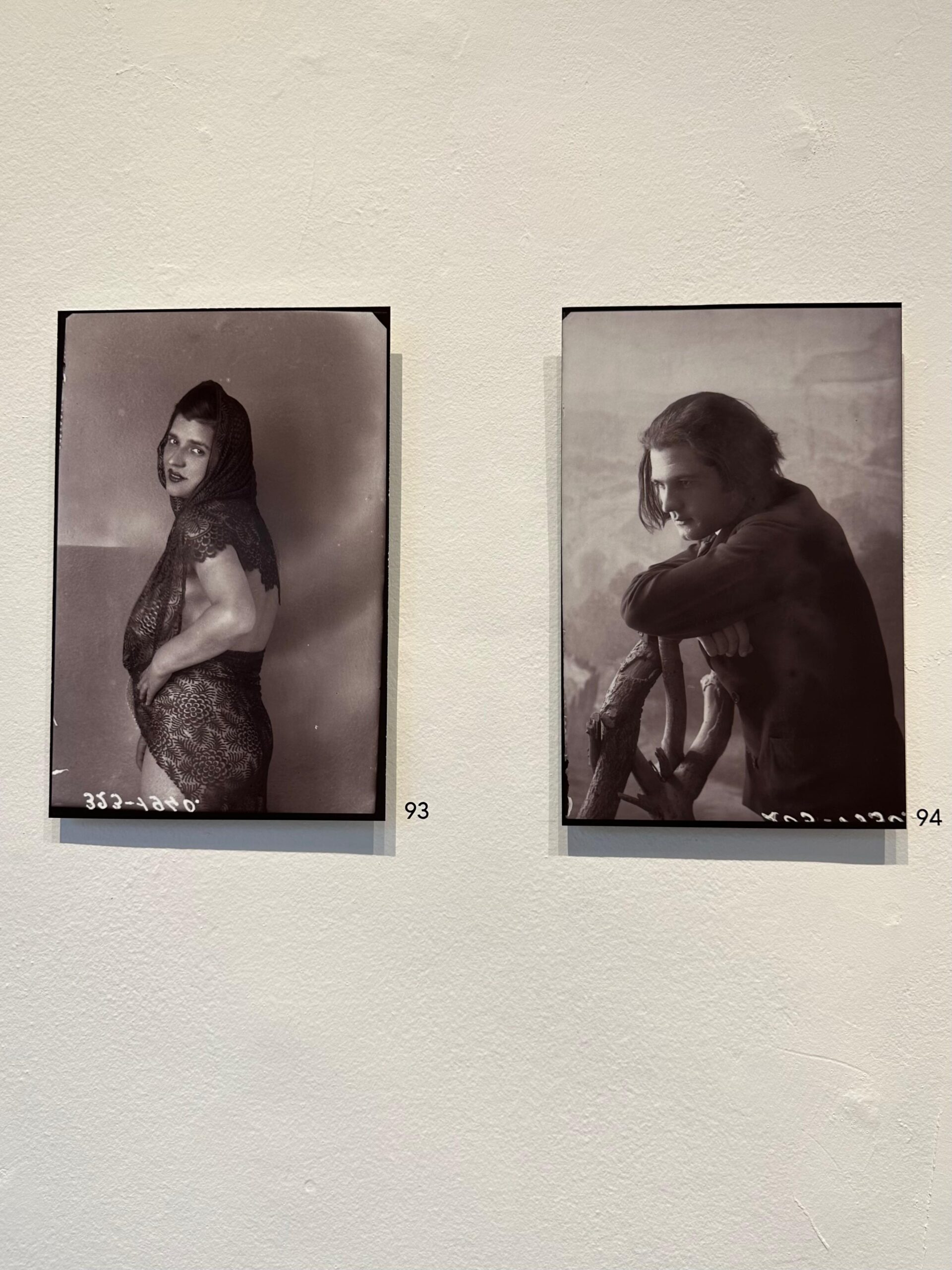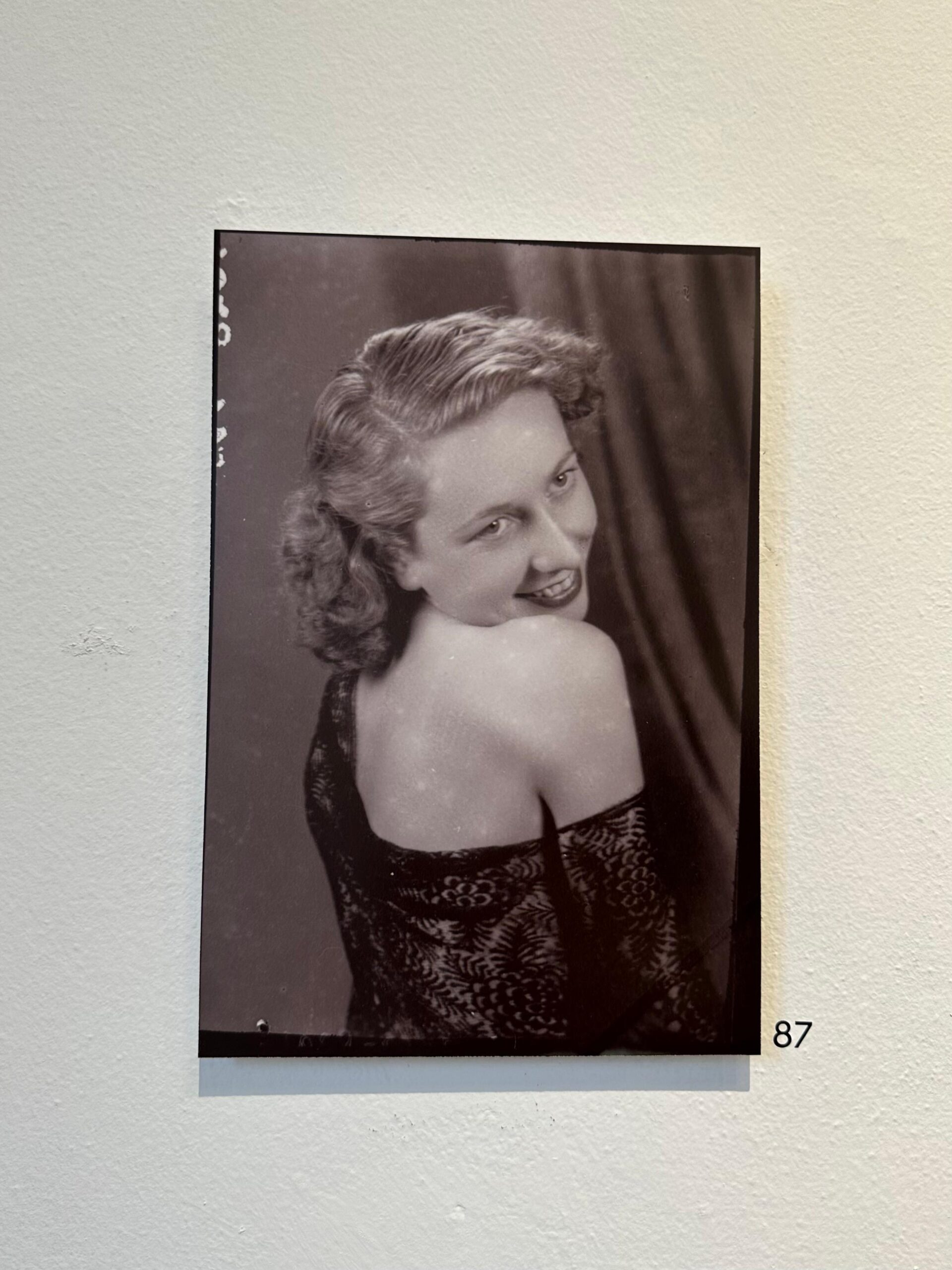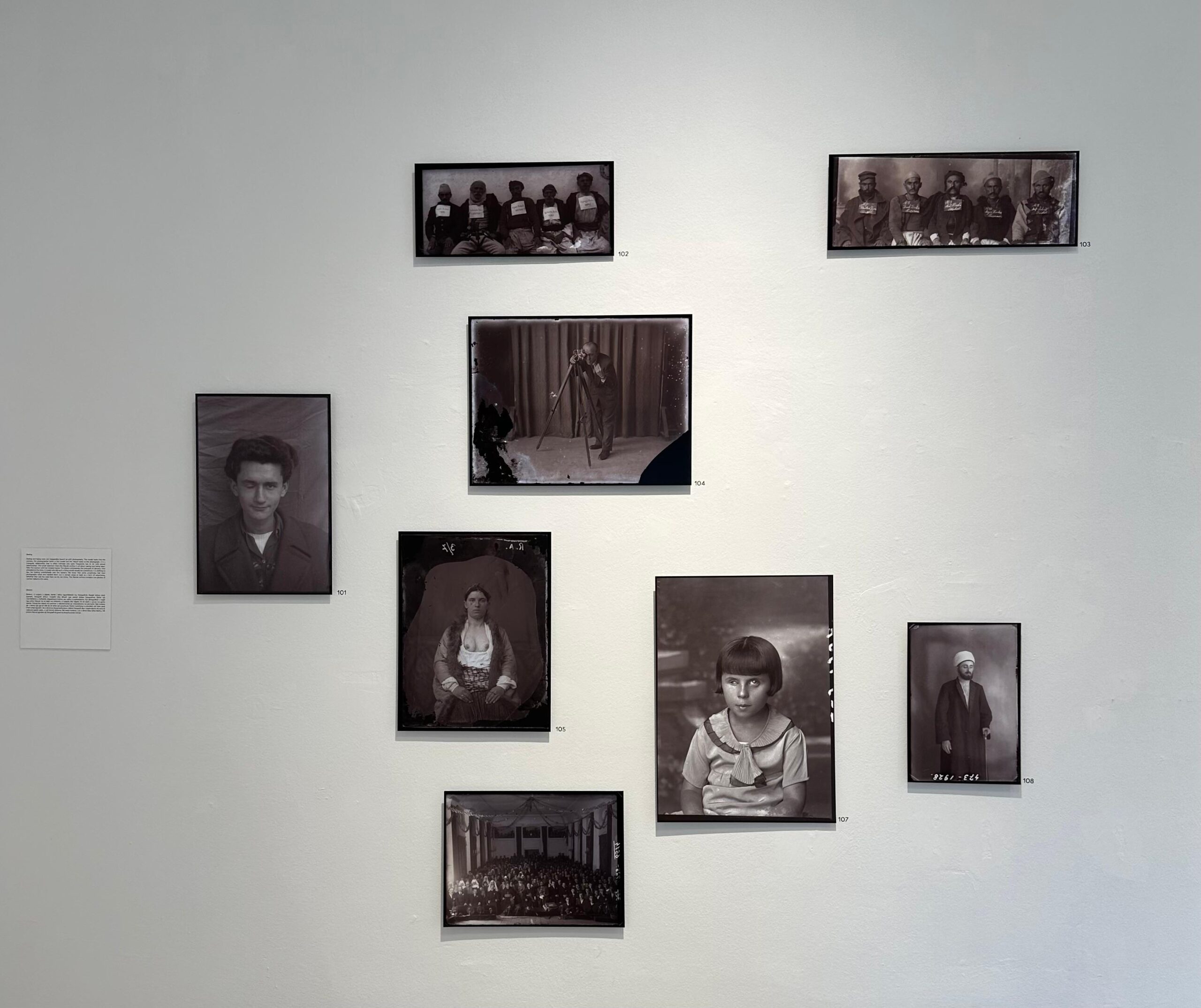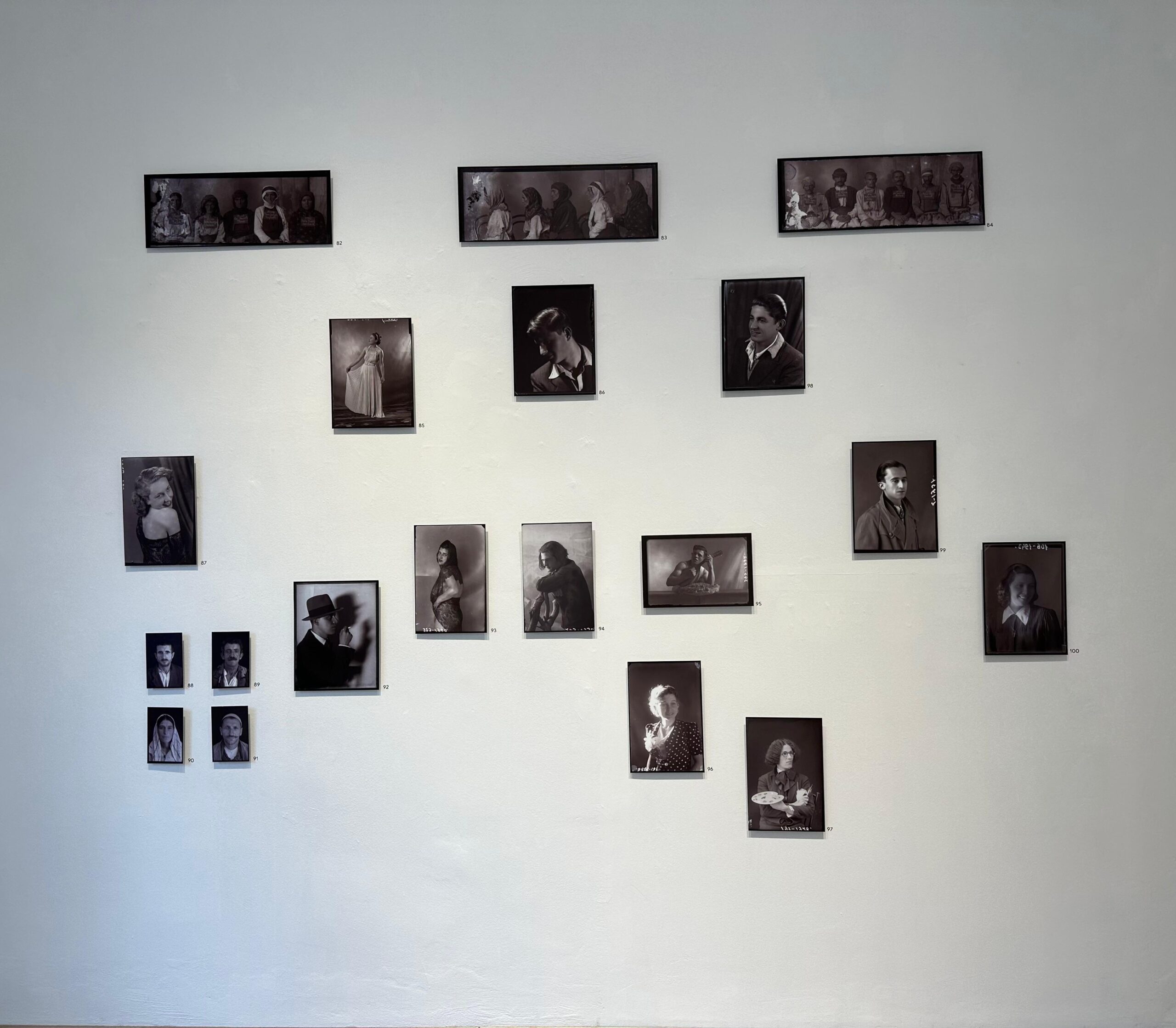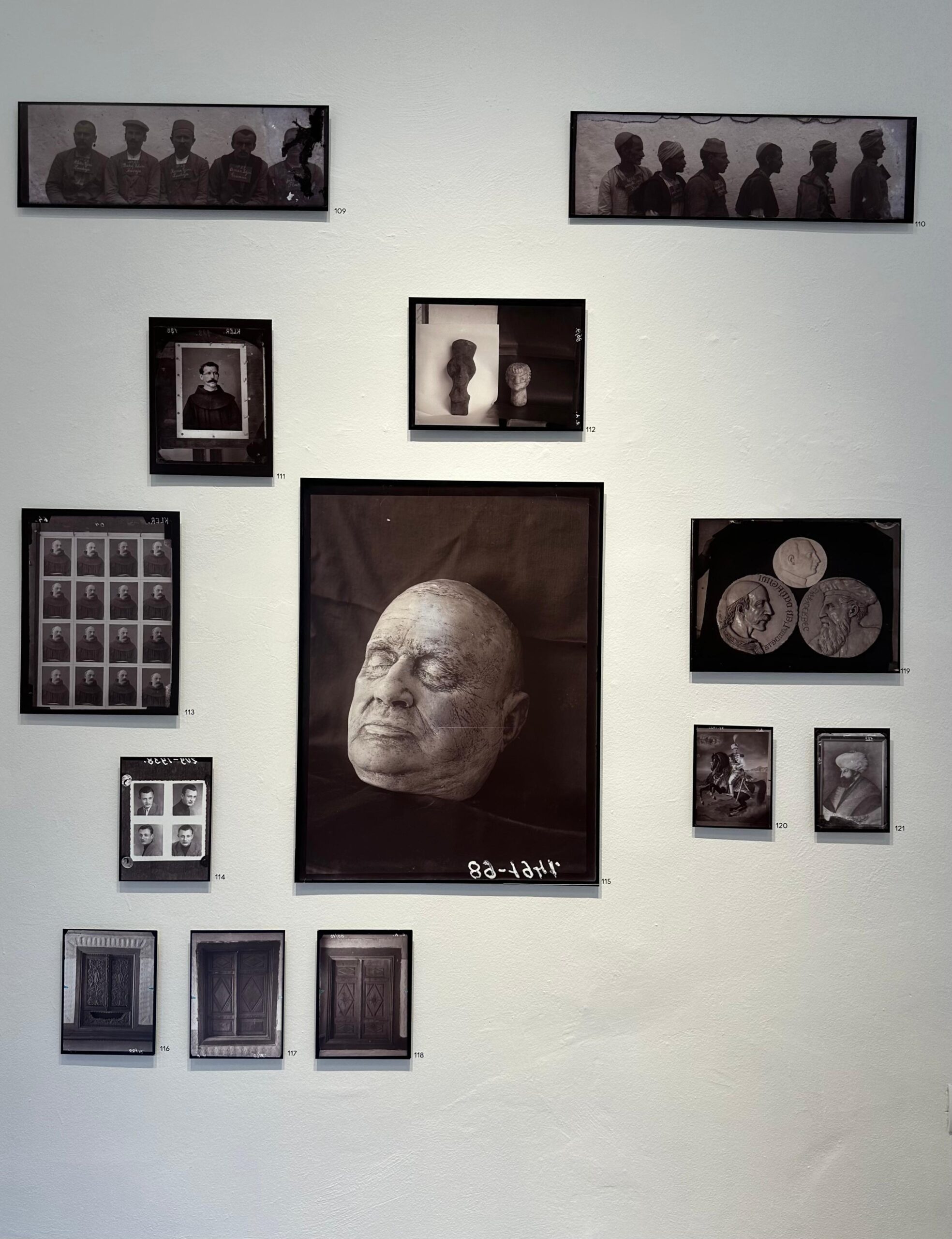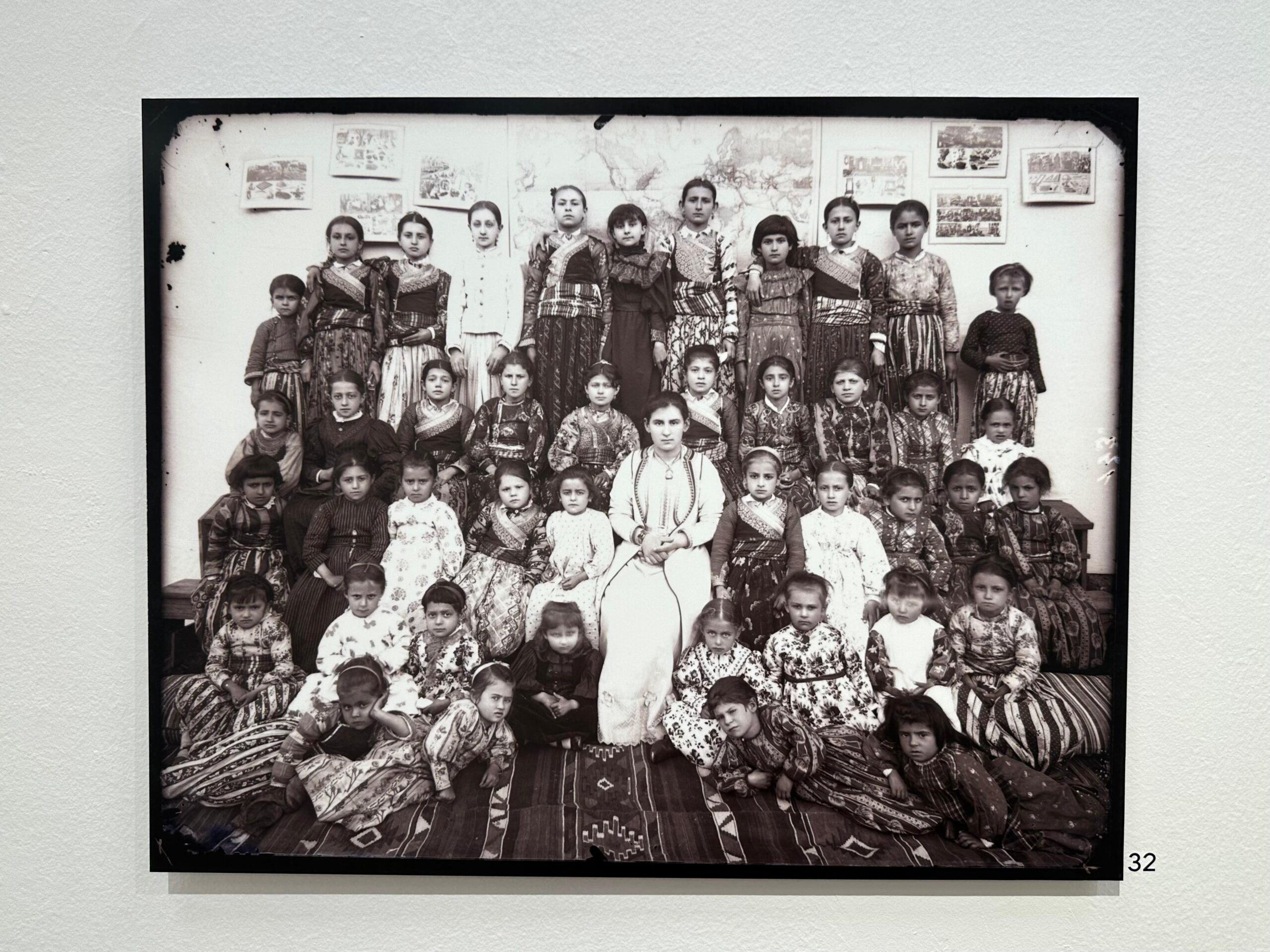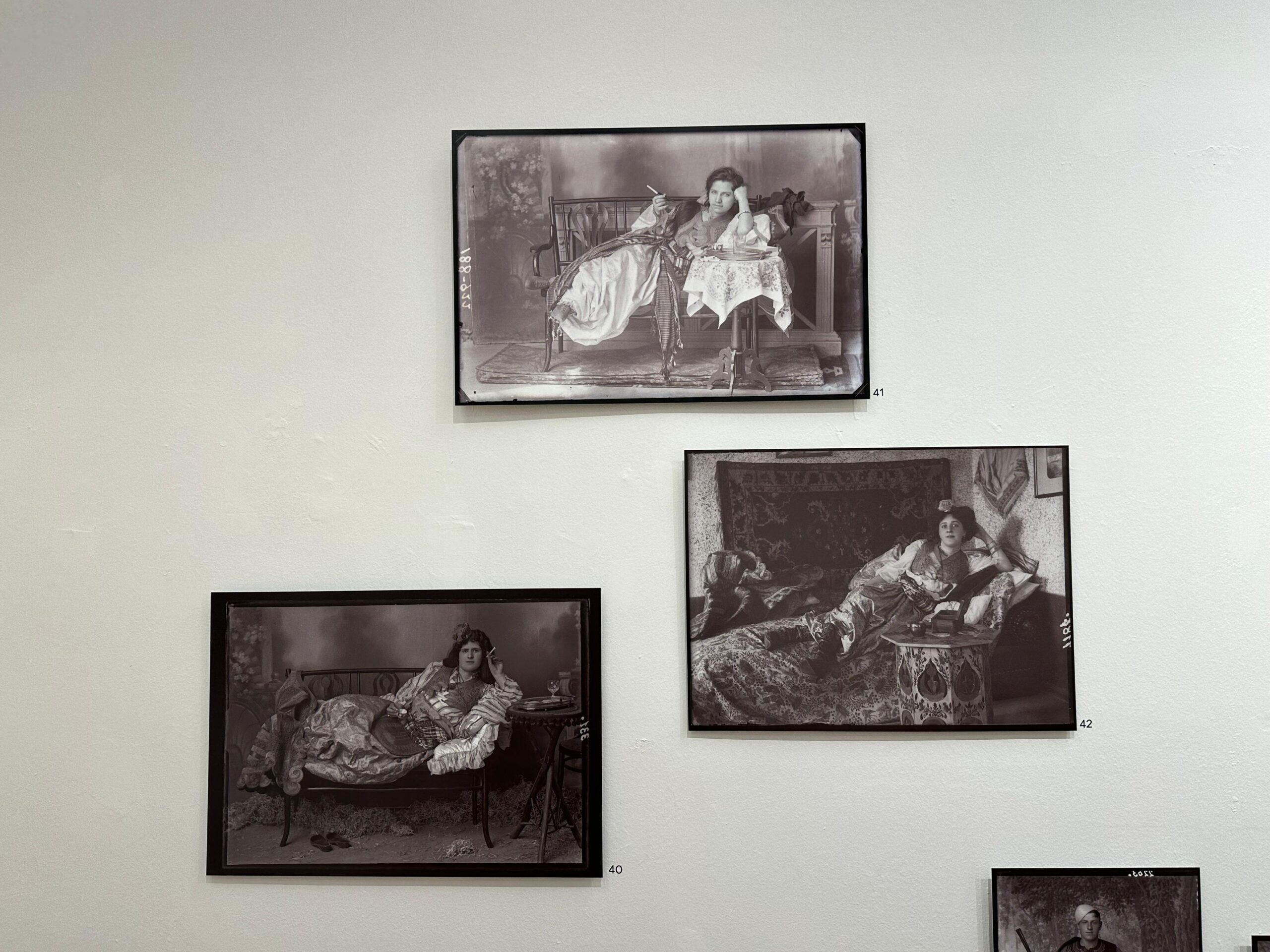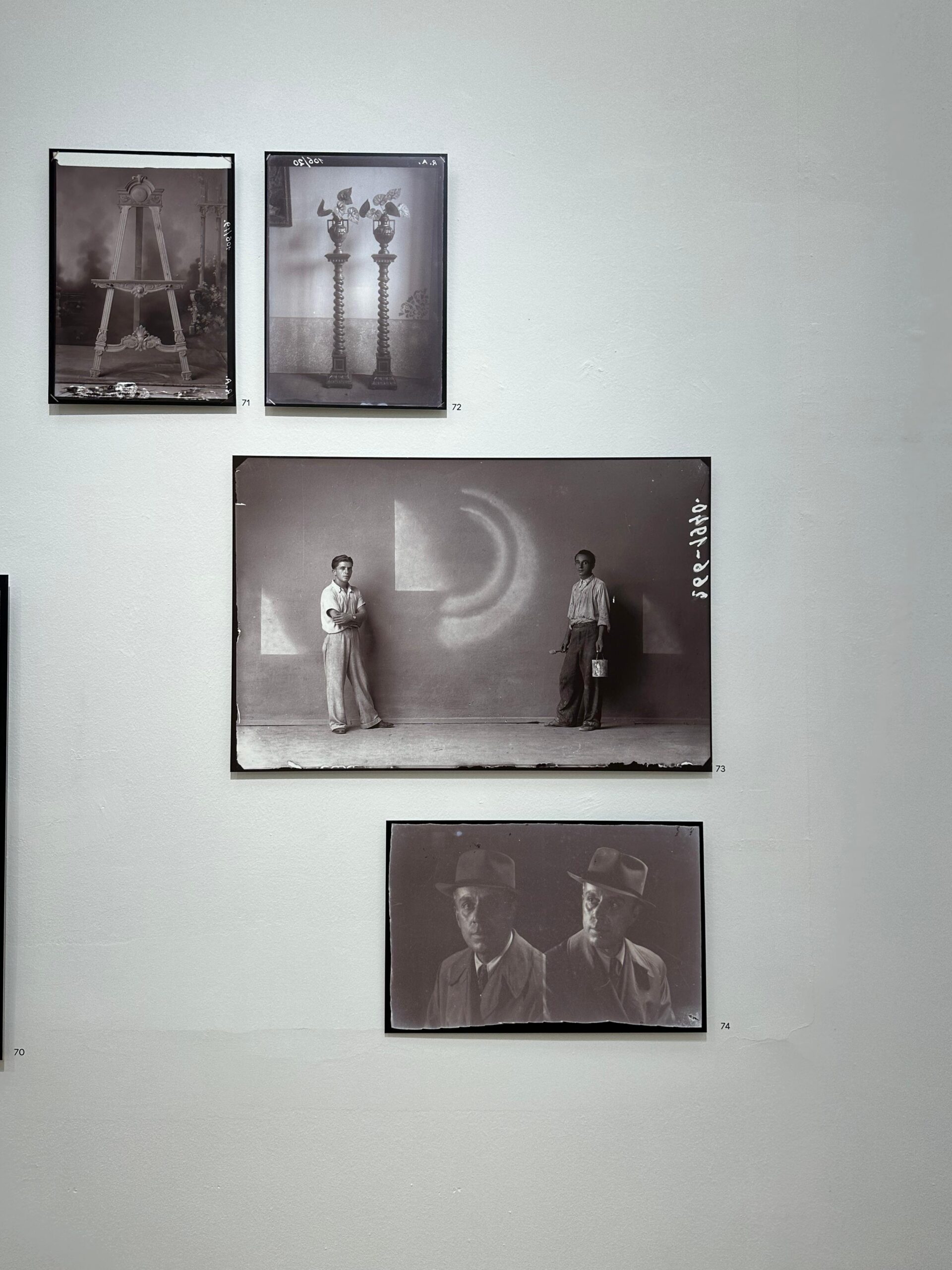“The Marubi Dynasty – One Hundred Years of the Albanian Photographic Studio” is the title of the exhibition opened at the Tirana Art Gallery, showcasing the collections of three generations of photographers from the Marubi Dynasty: Pietro, Kel, and Gegë Marubi.
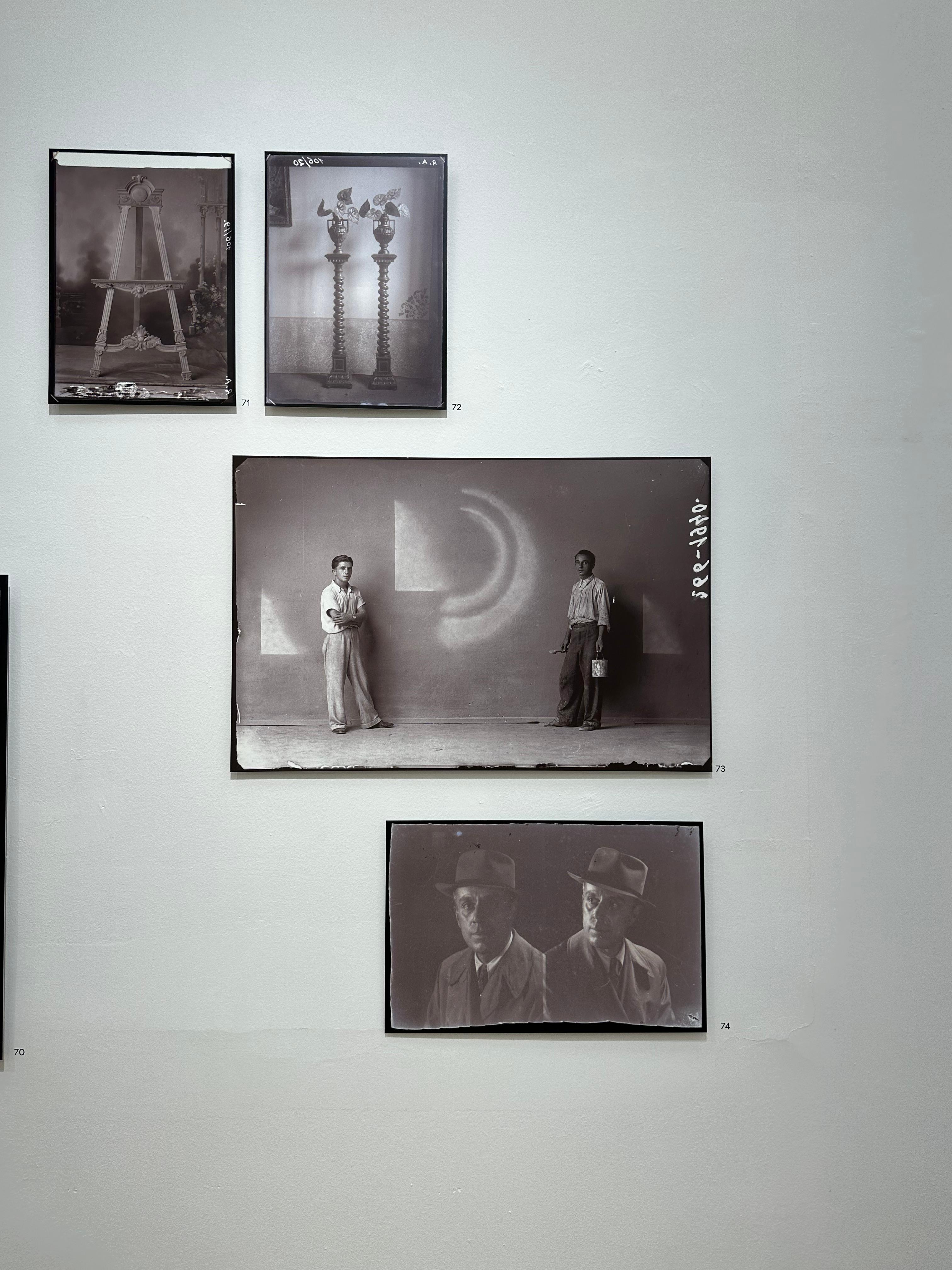
The exhibition is a powerful and emotional journey through the history of Albania, told through the lens of an extraordinary family of photographers. Curated by Kim Knoppers in collaboration with the National Museum of Photography “Marubi,” the exhibition presents an impressive selection from the Marubi archive, a collection containing over 150,000 glass plate negatives produced between 1865 and 1959. These works were on public display from February 27 to April 27, 2025
The exhibition is not merely a documentary retrospective, but a structured narrative presented through several thematic series that illustrate the role photography has played in the lives of Albanians. The exhibition includes series such as Carnival, which reflects the vibrancy of traditional celebrations; Folk Costumes, a visual testimony to Albania’s cultural richness; and Glamour, sophisticated portraits that showcase the style and aspirations of the era.
Darker and more reflective series like Police Photographs and Post Mortem shed light on the bureaucratic and spiritual functions of photography, while Artifacts and Reproductions documents cultural and historical objects preserved through studio photography.
Together, these series form a unique visual narrative that captures not only history but also the feeling and atmosphere of times past. Their work is both technical and artistic, with an aesthetic that often feels ahead of its time.
The exhibition’s simple and elegant presentation creates a calm space for reflection, while the carefully curated content offers visitors a profound visual and historical experience, whether you’re a photography enthusiast, a scholar of Albanian history, or simply curious about the stories told through images.
The Marubi Dynasty is one of the most valuable legacies of Albania’s cultural and photographic history. It began in 1856 when the Italian photographer Pjetër Marubi (Pietro Marubbi) established the first photography studio in the region, in Shkodër, called “Dritëshkronja” (meaning “light writer”). He used the technique of wet collodion to create early images with long exposures. After Pietro’s death, his assistant Kel Marubi adopted his master’s surname in his honor and continued the studio’s work. He enriched the archive with photographs of notable figures of the time, such as Fishta, Migjeni, Koliqi, Galica, Gjoluli, Curri, Noli, and Zog, as well as with portraits of ordinary people in traditional clothing, and scenes of both urban and rural life. Gegë Marubi was the last photographer of the Marubi dynasty and one of the most distinguished masters of Albanian photography. After studying at the world’s first school of cinematography and photography, “Lumière & Joungla” in Paris, he returned to Albania in 1927 and began working as a photographer alongside his father, Kel Marubi.
